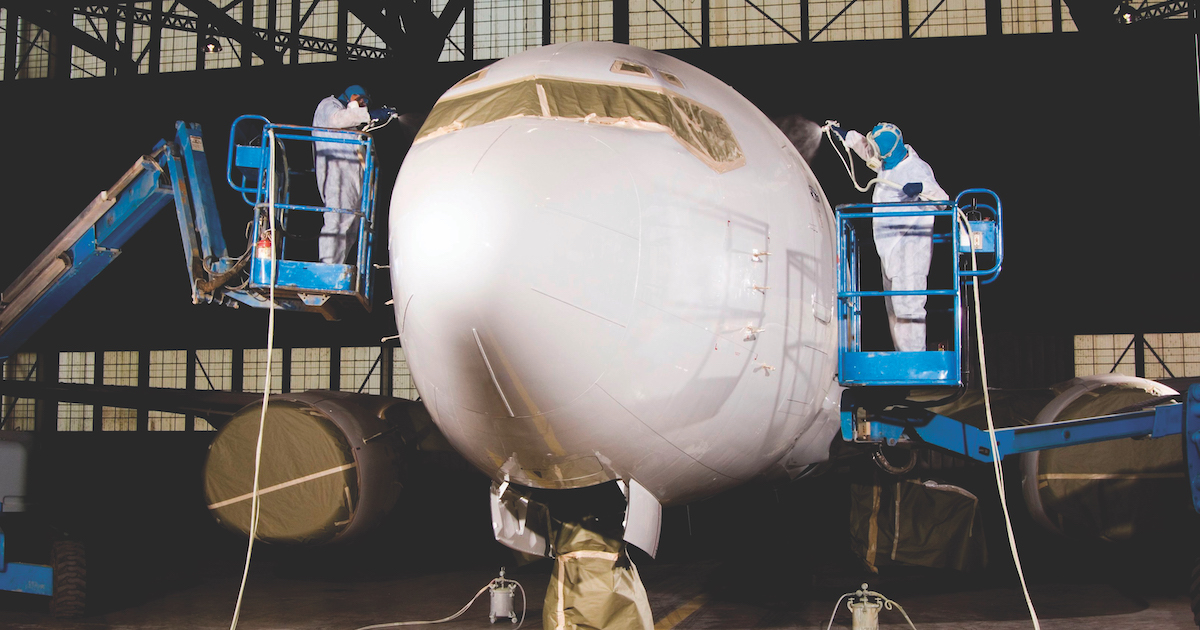
How to Increase Aircraft Production with AI-Driven Solutions?
Share
In the modern era of manufacturing, the integration of artificial intelligence (AI) in various sectors has revolutionized how companies operate. The aviation industry, in particular, has seen a substantial shift towards embracing AI-driven solutions to increase aircraft production. This article delves into the exciting potential of AI in the aircraft manufacturing process and discusses strategies that tech professionals and enthusiasts can utilize to maximize efficiency.
As market demands grow and the need for faster production cycles becomes imperative, the traditional methods of aircraft manufacturing may not suffice. By leveraging AI technologies, manufacturers can streamline operations, reduce waste, and enhance overall output. Let's explore how the aviation industry can reap the rewards of AI in the production process.

The Role of AI in Aircraft Production
AI technologies are transforming various stages of aircraft production, from design to assembly and maintenance. Here are some of the key areas where AI is being implemented:
1. Predictive Maintenance
One significant advantage of AI is its ability to predict when maintenance is required for aircraft components. Machine learning algorithms analyze data from sensors placed on aircraft, predicting potential failures before they occur. This approach not only increases the reliability of the aircraft but also reduces downtime, allowing for more efficient production outputs. Tech professionals can explore more about this in the article on enhancing quality.
2. Automated Quality Control
AI-driven visual inspection systems can significantly reduce the time and resources spent on quality control. By utilizing computer vision, manufacturers can swiftly identify defects in components during the production process, ensuring high-quality standards are maintained. Automation improves precision and allows human workers to focus on complex tasks, boosting overall productivity.
3. Advanced Data Analytics
AI allows for the analysis of vast amounts of production data, enabling manufacturers to identify trends and optimize workflows. This leads to reduced lead times, efficient resource allocation, and informed decision-making. Companies can enhance their operational performance using AI to analyze data related to aircraft paint, maintenance, and production timelines.
Benefits of AI-Driven Production
Integrating AI solutions can yield numerous benefits. Here are a few to consider:
1. Increased Efficiency
With machine learning and automation, companies can streamline their production processes. AI enhances efficiency by minimizing human error and speeding up repetitive tasks. By automating painting processes, manufacturers can also achieve better paint quality with the help of AI-driven tools like Strobox.
2. Cost Reduction
AI solutions can reduce operational costs associated with labor, material wastage, and production delays. Predictive maintenance decreases costs linked to unnecessary repairs and downtime, allowing manufacturers to allocate resources more effectively.
3. Enhanced Innovation
By automating routine tasks, employees can focus on research and development, paving the way for innovative manufacturing techniques. AI fosters a culture of innovation, encouraging teams to experiment with new ideas and technologies.
Challenges to Implement AI in Production
Despite its advantages, certain challenges come with the adoption of AI in aircraft production. Tech professionals should consider the following barriers:
1. Integration Complexities
Integrating AI with existing systems can be a daunting task. Manufacturers must develop strategies to combine their legacy systems with new AI technologies effectively, ensuring seamless data flow.
2. Skills Shortage
The demand for skilled workers who understand AI technologies is growing rapidly. Manufacturers must invest in training existing staff or hire new talent to leverage AI effectively.
3. Data Privacy Concerns
The collection and analysis of data raise questions about privacy and security. Organizations must implement robust cybersecurity measures to protect sensitive data and ensure compliance with regulations.
Future of AI in Aircraft Manufacturing
The future of aircraft production looks promising with the continued evolution of AI technologies. We can expect significant advancements in areas such as autonomous production lines, real-time supply chain optimization, and enhanced simulations for design validation. Tech enthusiasts should keep an eye on the latest trends in AI as the industry evolves.
Conclusion
To increase aircraft production with AI-driven solutions, it's crucial for tech professionals and enthusiasts to understand the multifaceted benefits and challenges associated with this transformation. As the aviation industry continues to adapt, those who embrace AI will lead the way in creating efficient, innovative, and high-quality production environments.
FAQs
1. What are AI-driven solutions in aircraft manufacturing?
AI-driven solutions utilize artificial intelligence technologies to optimize manufacturing processes, improve efficiency, and reduce costs in aircraft production.
2. How can predictive maintenance benefit aircraft production?
Predictive maintenance can reduce downtime and unforeseen repairs by predicting failures before they occur, allowing for smoother production operations.
3. Are there any risks associated with AI in manufacturing?
Yes, challenges include integration complexities, a shortage of skilled professionals, and data privacy concerns that must be addressed during implementation.
